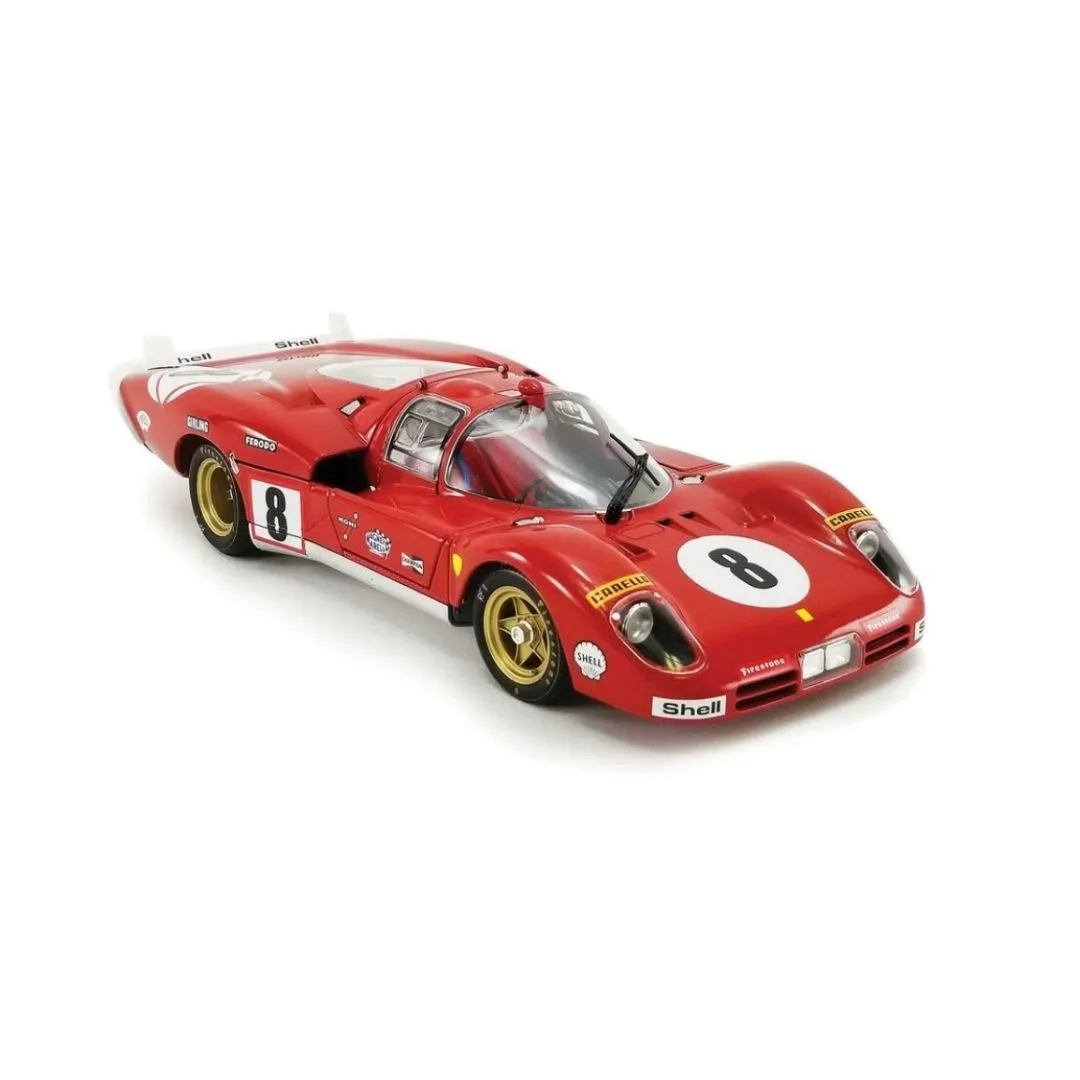What are Diecast Model Cars
Diecast model cars are miniature replicas of real-life automobiles, meticulously crafted using a die-casting process. These models are highly sought after by collectors of all ages, serving as a tangible link to the automotive world. They range from common everyday vehicles to rare, limited-edition models, spanning various eras and representing a diverse array of manufacturers. The appeal of diecast cars lies not only in their aesthetic beauty and attention to detail but also in the nostalgia and passion they evoke for the vehicles they represent. Collecting diecast cars is a rewarding hobby, allowing enthusiasts to celebrate automotive history and appreciate the craftsmanship involved in creating these miniature masterpieces.
Material and Construction
The defining feature of diecast model cars is their method of construction. The primary material used is die-cast metal, typically a zinc alloy, though sometimes aluminum or other metals are used. This metal is melted and injected into molds, which are then used to create the various parts of the car. This method allows for intricate details and precise shapes. The bodies and sometimes chassis are made using this process. Other materials like plastic, rubber (for tires), and sometimes even fabric (for seats and interiors) are also utilized to enhance the realism. The combination of these materials contributes to the model’s weight and durability, giving it a solid feel that further separates it from less detailed plastic models.
The Die-Casting Process
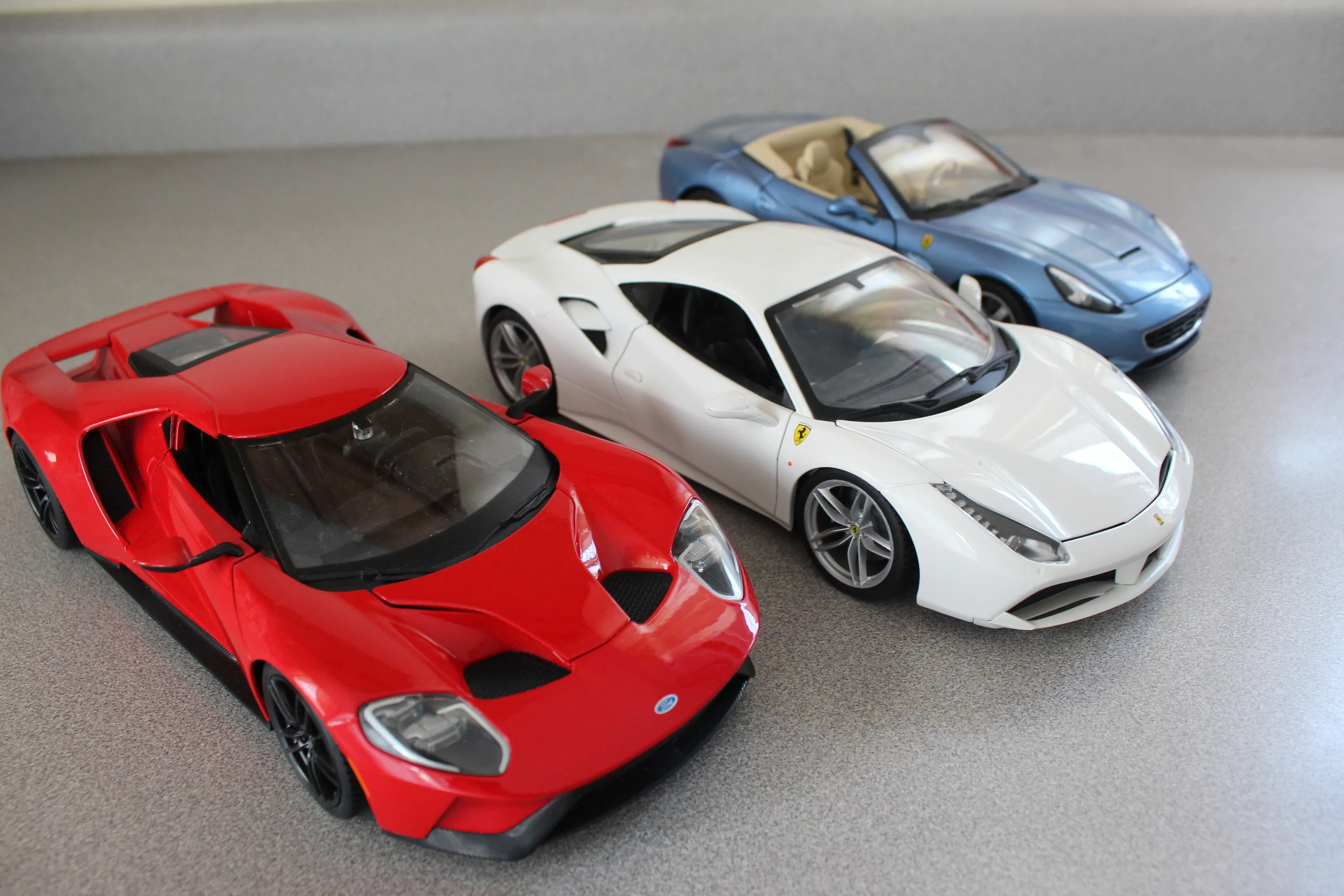
The die-casting process is a cornerstone of how these models are made. This involves injecting molten metal under high pressure into reusable steel molds. The molds are designed with precision to replicate every detail of the real car. Once the metal cools and solidifies, the mold is opened, and the finished part is extracted. This process allows for complex shapes and fine details that would be difficult or impossible to achieve through other manufacturing methods. After die-casting, the parts undergo further finishing processes like trimming excess material, polishing, and painting. The process ensures high accuracy and detail that captures the essence of the original car, providing collectors with an impressive miniature representation of their favorite vehicles.
Scale and Size Variations
Diecast model cars are produced in a variety of scales, with the most common ones being 1:18, 1:24, 1:43, and 1:64. The scale refers to the ratio between the model’s size and the size of the actual car. A 1:18 scale model, for instance, is 1/18th the size of the original vehicle. This variation in size allows collectors to choose models that fit their display preferences and available space. Larger scales (1:18 and 1:24) often offer more intricate details, while smaller scales (1:43 and 1:64) are more compact and suitable for displaying larger collections. The variety in scales also allows enthusiasts to collect cars from a wide array of manufacturers, providing a diversified and engaging collecting experience.
Common Scales Used
The most frequently encountered scales include 1:18, 1:24, 1:43, and 1:64, with 1:18 and 1:24 models being the larger and typically more detailed. These scales are popular because they balance detail with practicality. 1:43 scale is also widely collected and often used by professional model makers. The smaller scales, such as 1:64, are ideal for vast collections and are often more affordable. Each scale caters to different collecting preferences, from those who prioritize detail to those who value variety and quantity. Understanding the scales helps collectors in making informed decisions, ensuring that the models meet their aesthetic and space requirements.
Level of Detail and Accuracy
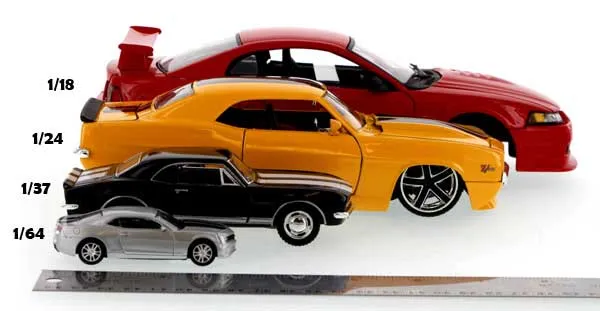
Diecast model cars vary significantly in their level of detail, from basic representations to highly accurate and detailed replicas. The best models feature detailed interiors, including dashboard instruments, seats, and steering wheels. Exterior details include realistic paint finishes, accurately replicated badging, and meticulously crafted wheels and tires. The level of detail often correlates with the price, with premium models incorporating opening doors, hoods, and trunks, alongside functional steering and suspension systems. Collectors often look for features that authentically represent the original cars, such as detailed engines and precise body lines, further increasing the model’s value.
Exterior Details
Exterior details are key to capturing the essence of the original car. This includes the paint job, which should be flawless and match the original vehicle’s color accurately. The badges, logos, and trim must be precise and correctly positioned. Wheels and tires are also crucial, with realistic tread patterns and accurate wheel designs. The body lines should be sharp and reflect the car’s design. The accuracy of these exterior details can significantly impact the overall look and appeal of the diecast model, making it a true representation of the original car. High-quality models often pay close attention to details like working headlights and taillights to enhance the realism.
Interior Details
Interior details greatly enhance the realism of diecast model cars. High-end models often include intricate dashboards with accurately replicated gauges, steering wheels, and gear shifters. The seats are often crafted with realistic textures and colors, mirroring the original car’s upholstery. The interior can also include seatbelts, carpets, and even small details like sun visors. These elements work together to create a miniature version of the car’s interior that is true to the original, offering a satisfying viewing experience. For serious collectors, the interior details are as important as the exterior, increasing the overall value and appeal of the model.
Collectible Aspects and Value
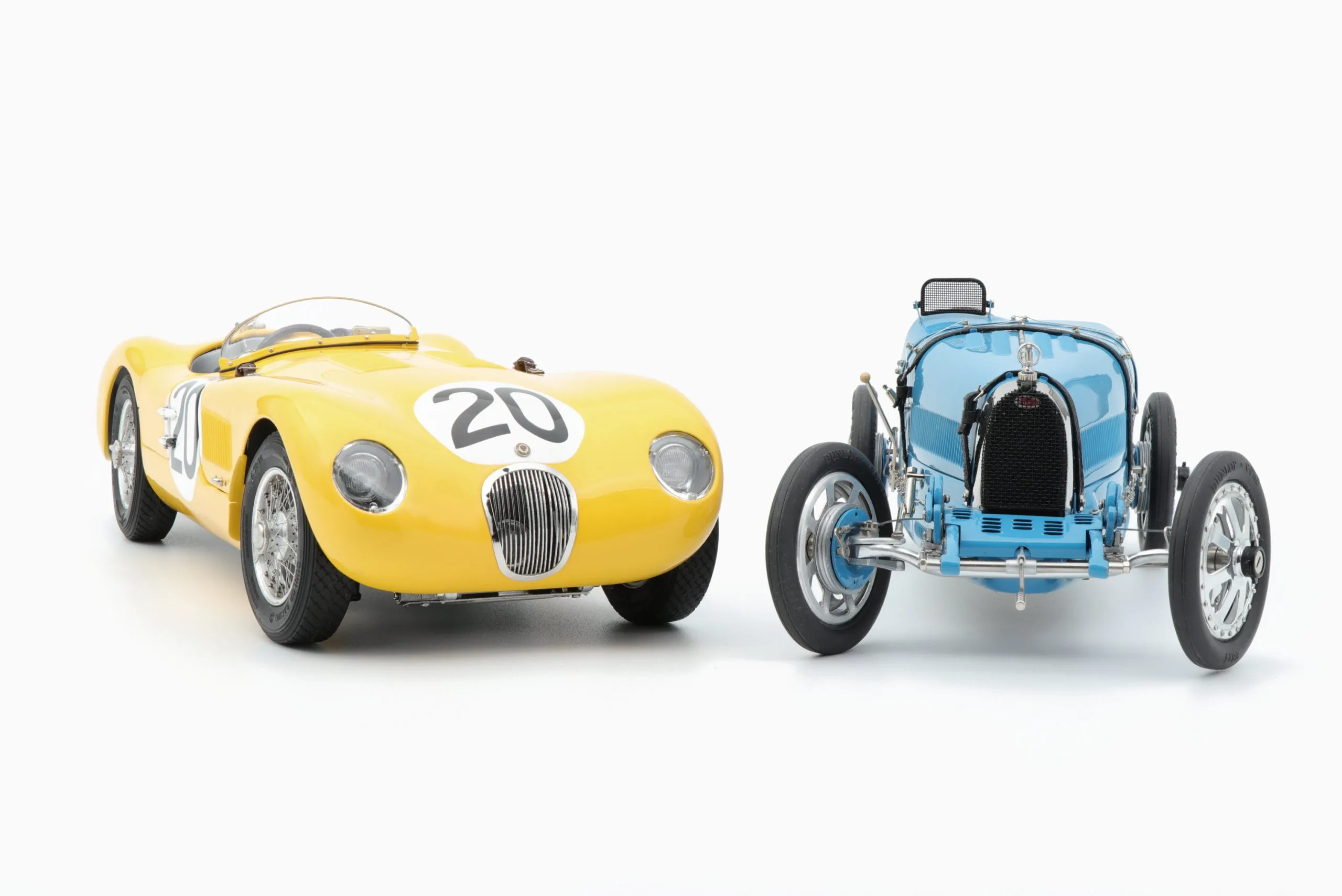
The collectible aspect of diecast model cars is significant, as some models can appreciate in value over time, making them a sound investment. The value of a diecast car is influenced by factors such as rarity, limited production runs, the manufacturer, and the condition of the model. Certain models, especially those from highly sought-after brands or limited editions, can be quite valuable, appealing to both collectors and investors. The collecting market is vibrant, with online communities, auctions, and dedicated model shows where enthusiasts buy, sell, and trade their treasured models.
Rarity and Limited Editions
Rarity and limited edition models are highly coveted by collectors. Cars produced in small numbers or with unique features are usually more valuable than mass-produced models. Limited editions often commemorate special events, significant anniversaries, or partnerships between manufacturers. These limited runs increase the exclusivity of the models, driving up their price and desirability. Collectors often search for these rare models to complete their collections and to secure valuable investments. The demand for these limited models ensures that they often appreciate in value, making them a sought-after part of the diecast car market.
Factors Influencing Value
Several factors influence the value of diecast model cars. The manufacturer, the scale, the level of detail, and the condition of the model all play crucial roles. Models from renowned manufacturers like CMC, AUTOart, and Bburago often command higher prices due to their superior quality. The original packaging, certificates of authenticity, and the overall condition of the model significantly affect its value. Rare models or those that were produced in a limited run are typically more valuable. Market trends and the demand for specific cars or brands can also influence the price, making the diecast market dynamic and exciting for enthusiasts and investors alike.
Brands and Manufacturers
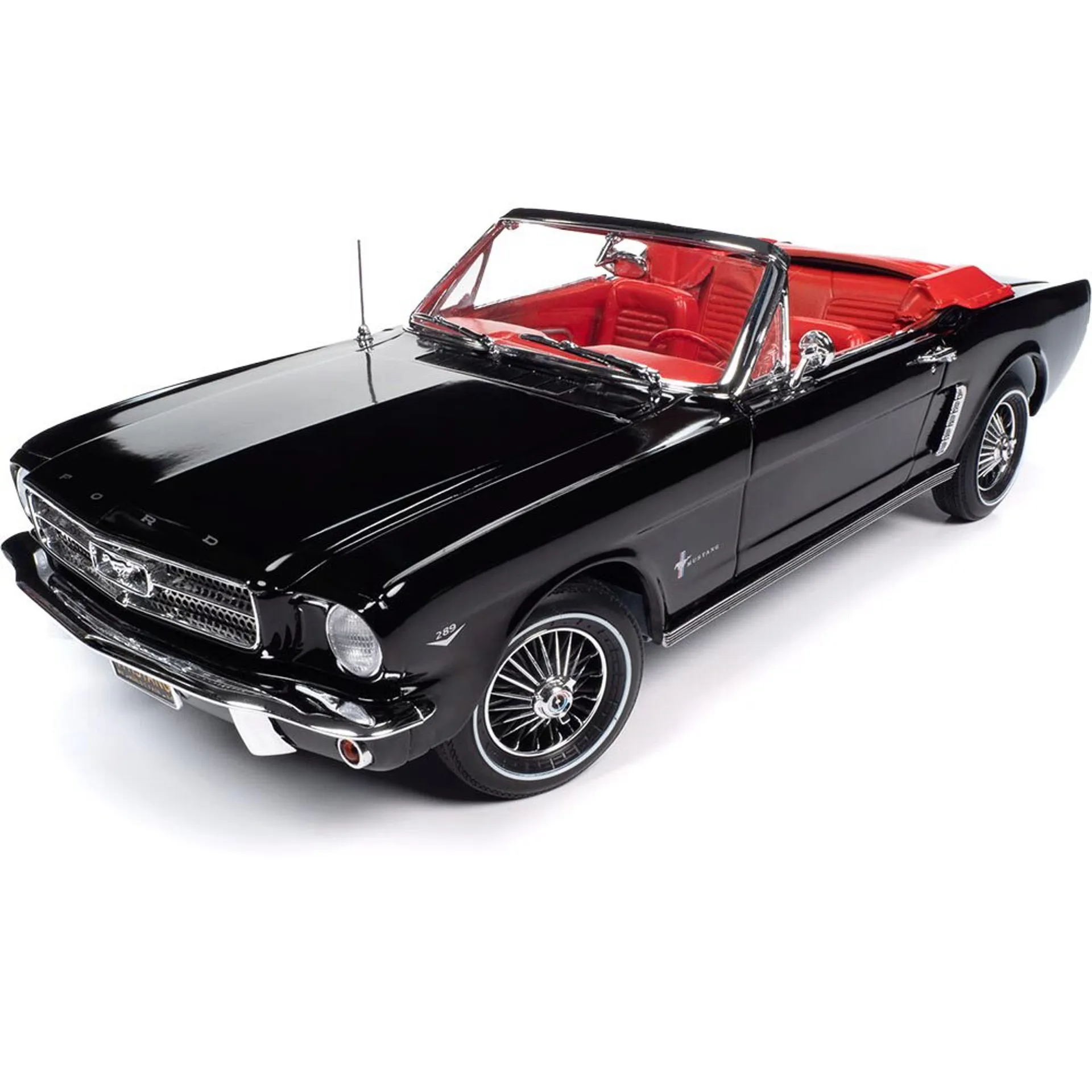
The diecast model car market features a wide array of brands and manufacturers, each with their own strengths and specialties. Some of the most popular and respected brands include AUTOart, known for their high-quality models with detailed features; CMC, which focuses on meticulously crafted classic cars; and Minichamps, offering a broad range of models at various scales. Other notable brands such as Hot Wheels, Bburago and Maisto provide models at affordable price points. Each brand offers collectors different levels of detail, design aesthetics, and target audience, enriching the variety and options available in the collecting world.
Popular Diecast Car Brands
Popular brands such as AUTOart and CMC are well-regarded for their premium models that feature meticulous detail and accuracy. These brands often produce limited editions that are highly sought after by serious collectors. Minichamps is another well-known brand known for its extensive range of models, covering various scales and car types. Hot Wheels is a popular brand for their affordable and collectible models, and Bburago, a brand known for its accessible price points and variety. The choice of brand often depends on the collector’s specific interests, whether it’s the level of detail, the type of car, or the available budget.
Why Collect Diecast Cars
Collecting diecast cars is a rewarding hobby for several reasons. For many, it’s a way to connect with their passion for cars, allowing them to own and appreciate miniature versions of vehicles they admire. Diecast models offer a tangible and engaging way to explore automotive history, from classic cars to modern supercars. It also encourages a sense of community, as collectors share their interests with others at shows, online forums, and clubs. Building a collection can be a satisfying pursuit, and the potential for the models to increase in value over time adds an investment aspect to the hobby. For others, it’s the joy of collecting and the thrill of the hunt for rare or limited-edition models.
Displaying and Caring for Your Models
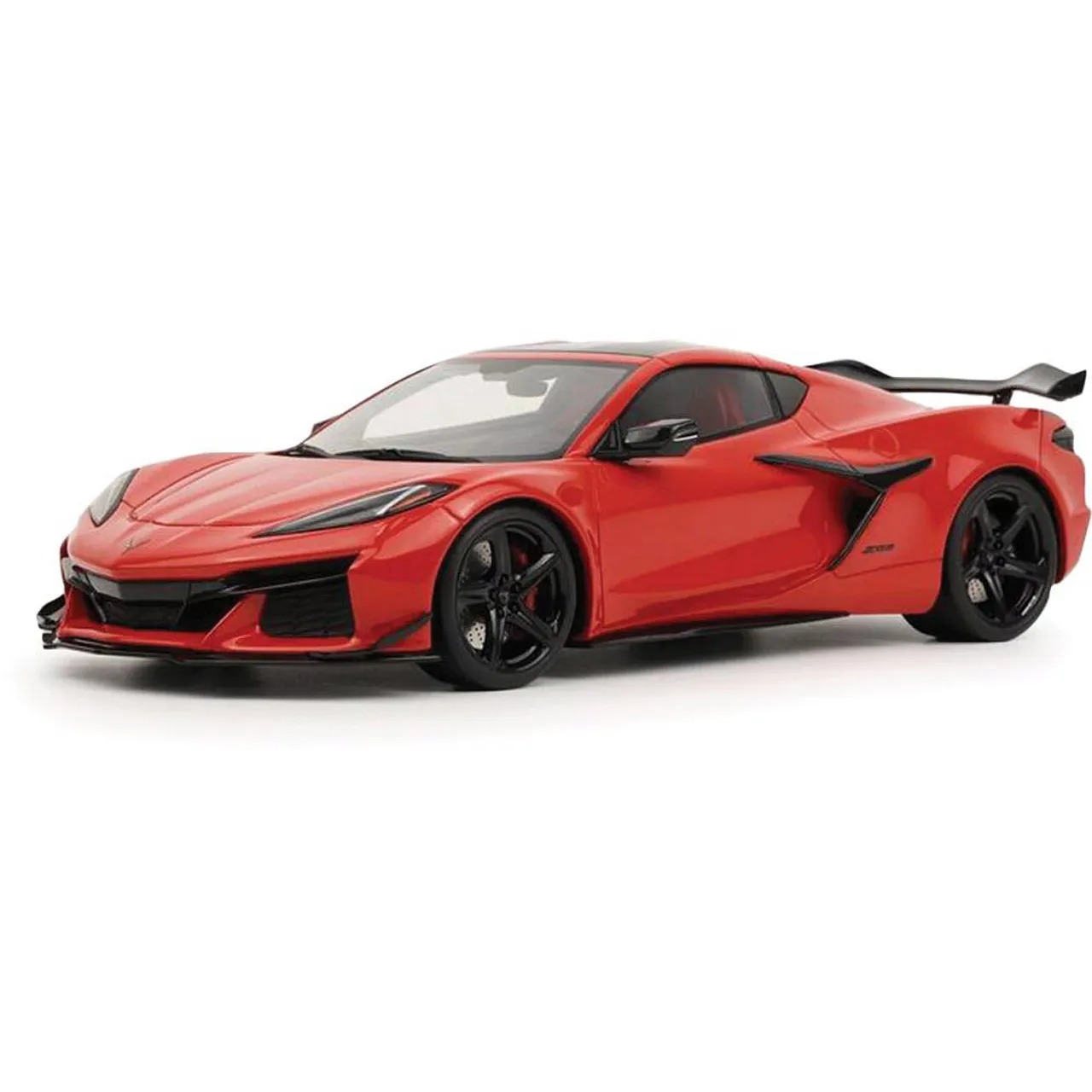
Proper display and care are essential for preserving the value and condition of your diecast model cars. Display them in a clean, dust-free environment, away from direct sunlight, which can fade the paint and damage the model. Consider using display cases to protect them from dust and accidental damage. Handle models with care, and avoid touching the surfaces with bare hands to prevent fingerprints. Regular cleaning with a soft brush or cloth can keep them looking pristine. By taking these steps, you can ensure that your collection remains in excellent condition for years to come, allowing you to fully enjoy the beauty and detail of your diecast model cars.
